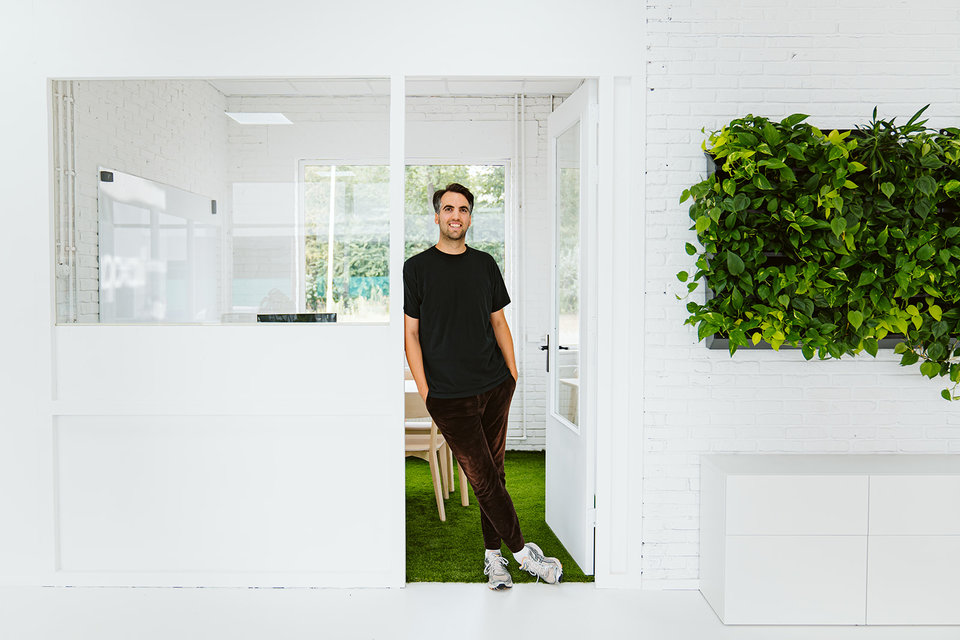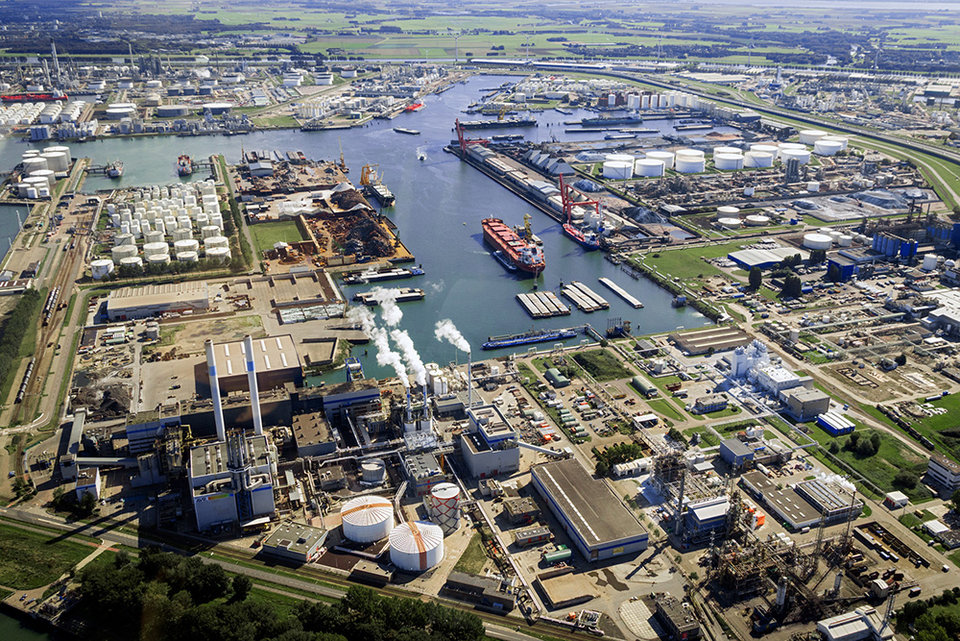A futuristic new mode of transport: hope or hype?
Originally a concept that American rocket pioneer Robert Goddard came up with over a century ago, the Hyperloop experienced a spectacular revival in 2012. This was the year in which Elon Musk, the technology visionary and builder of electrical cars and rockets, launched his proposal for a mode of transport that would shoot through near-vacuum tubes at speeds of hundreds of kilometres per hour. Low pressure ensures very low air resistance, making speeds of 700 to 1200 kilometres per hour possible.
By Bruno van Wayenburg • December 11, 2023
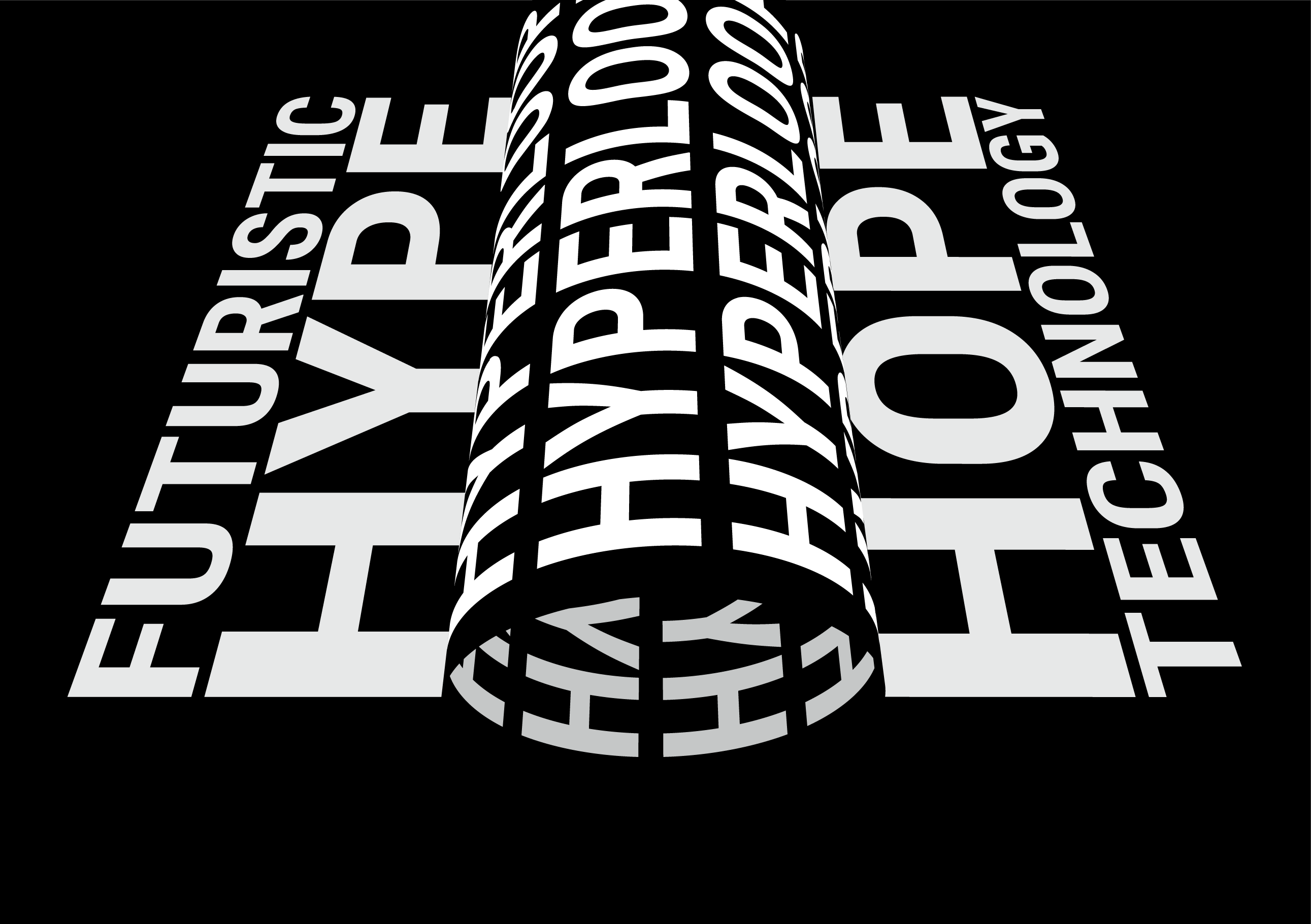
© Ontwerpwerk
This idea was seized upon by Musk fans, engineers in search of a mission and travel visionaries, and within ten years, dozens of universities, start-ups and even a special Hyperloop-dedicated research lab were hard at work developing it. This includes the Dutch student team Delft Hyperloop and the Hardt Hyperloop start-up in Rotterdam. A test centre is being set up in Groningen.
Even travel giants such as Deutsche Bahn published favourable estimates of the technical possibilities and the costs. But the question remains: can Hyperloop actually become a ‘fifth mode of transport’ alongside cars, boats, aircraft and trains and will it be emission-free, quiet, modest in size and have enough capacity to keep up with the growing demand for transport?
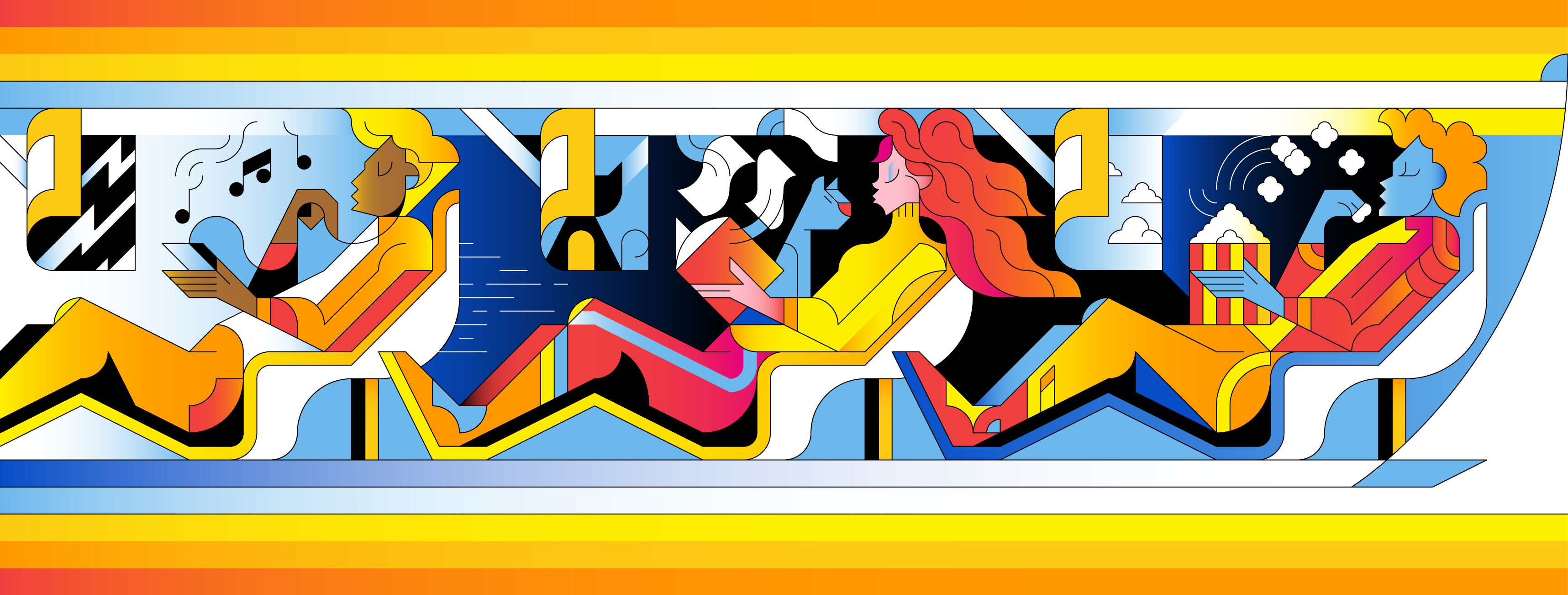
© Maus Bullhorst

Mars Geuze
Hardt Hyperloop
‘This was our first iteration’, says Mars Geuze, CCO of the Hardt start-up in Rotterdam. He’s standing near a bridge-like metal construction under which a little vehicle is parked. The top and sides of the vehicle feature large electromagnets, reaching to within a few centimetres of the rails under the bridge and fixed to the sides. ‘They’re pure steel; there’s nothing smart about them’, Geuze says about the rails. When the system is switched on, the vehicle shoots into the air and then remains levitating under the bridge.
‘The magnets draw themselves up towards the steel’, Geuze explains. The distance to the track is measured 4000 times a second, and the vehicle can be kept levitating at a particular height by increasing or decreasing the magnetic power. The magnets and rails along the sides keep the vehicle centred.
20 metre pods
This is the principle behind Hardt’s hyperloop which, in Geuze’s vision, might ultimately become a revolutionary form of passenger transport. Pods with a length of around 20 metres are propelled through a tube in which the air pressure has been reduced to about a thousandth of normal air pressure. ‘Although this is low pressure, it is not considered an actual vacuum in the vacuum industry’, says Geuze.
The pods can accommodate about 30 passengers and would eventually be able to transport people from A to B at a speed of around 700 kilometres per hour. One of Hardt’s PR videos shows an impression of a slick design terminal with a screen displaying the times for an Amsterdam-Berlin trip: departure 12:10, arrival 1:05. The 600 kilometre trip would take less than an hour.
But more than a few technical issues need to be resolved before we get to that point. How will passengers board? ‘Through doors in the tubes that coincide exactly with those in the pod, properly sealed with a kind of rubber’, says Geuze. What would drive the pod? ‘It pulls itself forward by means of magnets along steel pads in the track.’ How would you deal with major leaks or other problems in the tube? ’By dividing the tube into segments with partitions that you can close and getting the pods to reduce speed extremely quickly.’
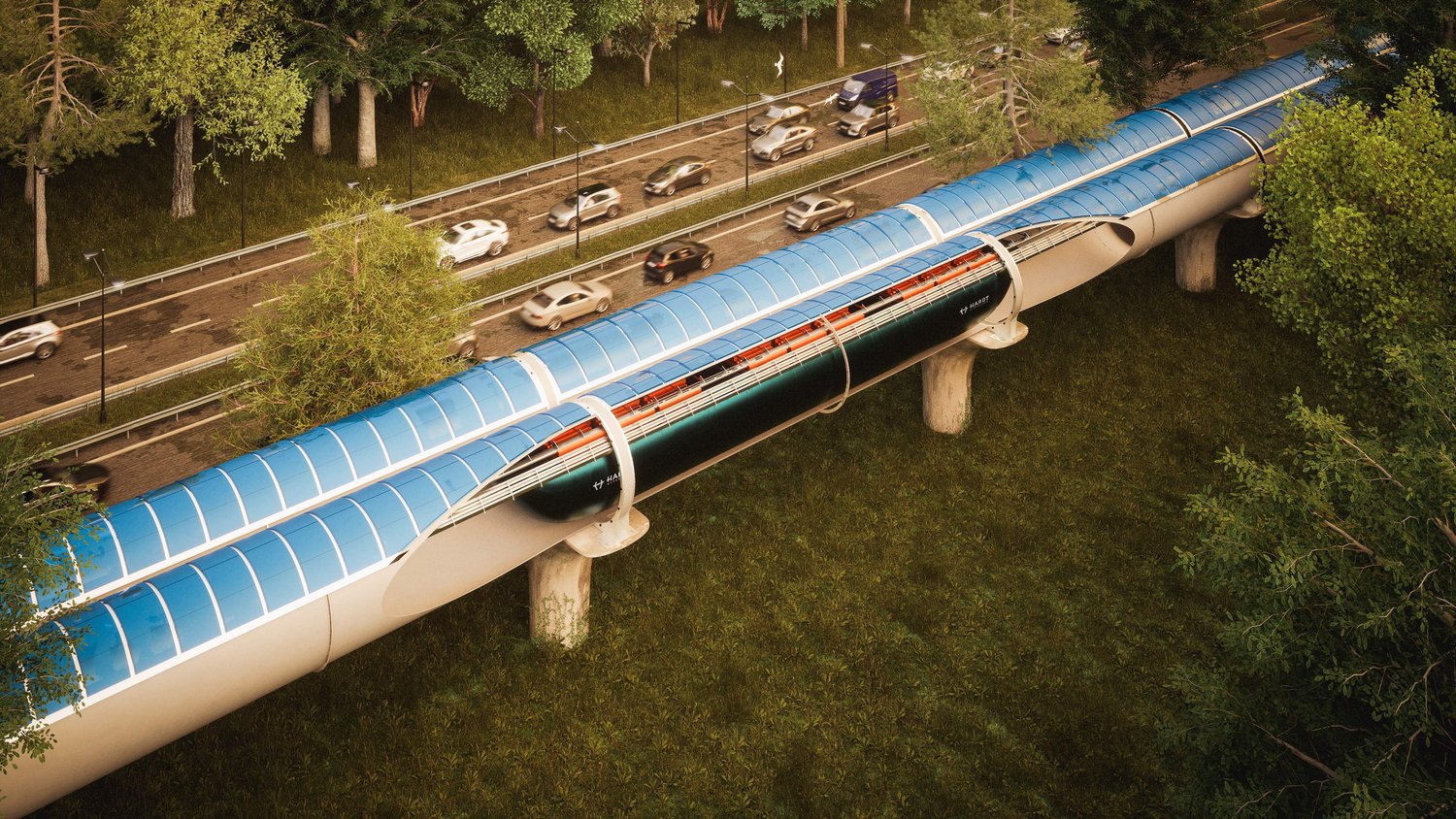
Switching lanes
There’s one problem that Hardt claims to have solved already: how do you switch lanes? ‘You can do this by choosing either the left or right side lane at any fork’, says Geuze. Hardt demonstrated this on a test track in 2019.
The advantage is that the pod can choose its route independently, explains Geuze, and that offers opportunities for making Hyperloop more flexible than the current railways: ‘Even a single pod full of passengers wanting to travel from A to B is sufficient demand.’ The exact layout of a network of this kind will still require extensive decision-making though: would you board the train along the main line or would you work with on- and off-ramps for building up speed or slowing down again?
The infrastructure is also considerably more advanced than railways when it comes to hardware: kilometres of near-vacuum tubes. ‘Then again, tubes have a width of just 3.5 metres and so take up less space than railways’, says Geuze. He also maintains that the network will ultimately be 30% cheaper than that for high-speed trains. ‘The costs of the network can be recouped even if you charge regular ticket prices', he promises.
Growing demand for transport
Even more to the point, according to Geuze, Hyperloop is essential for meeting the sharply growing demand for transport. ‘Schiphol expects demand to grow by 180% but the airport has to downsize. Deployment of electrical aircraft will not be enough to sort out this mismatch.’ Hyperloop connections will compete with flights on distances up to 2500 kilometres, which represents 70% of demand.
Whichever way you look at it, investment in European infrastructure needs to take place, he says, and Hyperloop represents the best option. Although it’s not necessarily an option for the short term. Geuze predicts that the first short stretches of Hyperloop travel will happen by 2030, either in terms of local travel or test trips. ‘But the first contours of regional networks won't become visible until somewhere between 2035 and 2040. This is a marathon, not a sprint.’
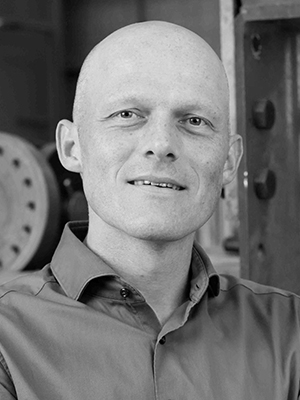
Karel van Dalen
Faculty of Civil Engineering and Geosciences
‘My expertise is in the dynamics of constructions, in other words: the vibrations of the hyperloop tube and the columns it rests on’, says Karel van Dalen, a researcher at the Faculty of Civil Engineering, ‘and from that point of view the Hyperloop is very interesting. These kinds of speeds can generate waves comparable with a ship’s stern wave, which will travel through the ground.’
Together with a post-doc researcher, Van Dalen is working on simulations of possible effects that could make Hyperloop less efficient and cause a nuisance to the surroundings.
Another such effect is the vibrations of the pod inside the tube. ‘At these kinds of speeds, these vibrations might be unstable, which would mean that they get steadily stronger. This could lead to material fatigue, or even to hazardous situations, and the pod running the risk of crashing against the tube.’
Emission-free
‘This subject is fascinating. Can it be done? What needs to be done for this to happen? How do we ensure that dynamic effects are suppressed as much as possible? Just as fascinating is the fact that I can be involved in the development of completely new transportation technology and it might even be entirely “green”’.
If the electricity used to run Hyperloop is generated sustainably, its operation could be carbon emission-free, says Van Dalen. ‘The challenge lies in the construction of the Hyperloop. Will it be possible to build it without emissions? This is because the Hyperloop will require thousands of kilometres of tube, while climate agreements state that building needs to be emission-free by 2050.’
Van Dalen is of the opinion that it should be possible. The tubes can be made of steel or, for example, fibre-reinforced polymers, and the columns and foundations will need to be made of concrete. ‘Green steel is undergoing rapid development; green concrete is a different matter, though.’
Serious option
He believes that much more research should actually be taking place. ‘Although there is research underway, there’s not enough of it, especially at European level. This really surprises me.’ In the meantime, Hyperloop has become a serious option, he says. ‘It’s much more than simply hype by now. If as a scientist you still want to make an impact on this subject, you must do it now. At this stage, you can still contribute significantly to the development.’
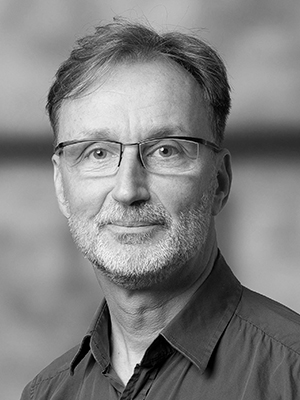
Wijnand Veeneman
Faculty of Technology, Policy and Management
‘Let’s first just agree that this technology is fantastic’, says Wijnand Veeneman, an expert in mobility and infrastructure at the Faculty of Technology, Policy and Management. ‘If it allows you to shoot through a vacuum while levitating, you can reach speeds that approximate those of aircraft without the energy required to keep an aircraft airborne.’
Veeneman has supervised a number of graduates on this subject, he says, ‘but there are still a number of complexities and these aren’t the same everywhere. There is, for example, a difference between building this network in a built-up area such as Schiphol or, say, an urban area that is yet to be developed. If you start from scratch, you have far more options in terms of spatial planning. Obviously, this results in a different business case.’
Last mile
‘Even if you connect the Hyperloop to a railway network, you will need to construct a vacuum tube for that "last mile”, for example to the terminal at Schiphol, and the cost in that built-up area is much higher than in rural areas. And in Europe there are locally-developed systems that compete, such as the railway networks.’
Yet Veeneman believes that there is definitely room for this concept. People focus far too much on yes or no answers. ‘They either regard it as bullshit or they think it’s fantastic. However, that isn’t how technology development works.’ He expects that Hyperloop will initially only be usable in particular circumstances and niches.
Sagrada Família
‘When I look at the promises innovators in the Hyperloop world are making, I think: yes, well, no I’m afraid. And, frankly, I think they know this themselves but they need to believe lest they run out of funding. It’s like the construction of the Sagrada Família: something fantastic that will only be used as it is meant to be in the long term. But this much you do know: if you don’t start now, you won’t be done in 150 years’ time either.’
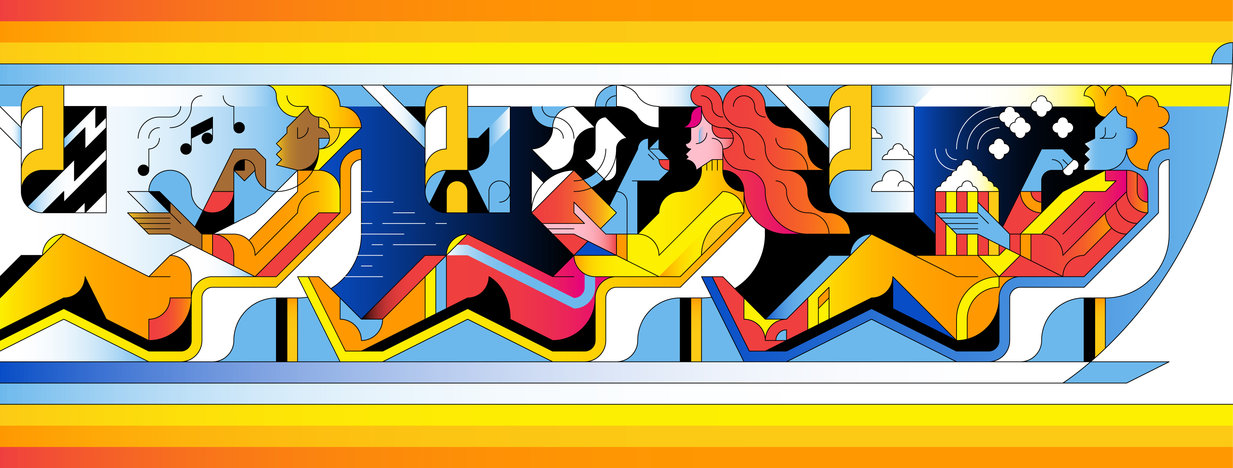
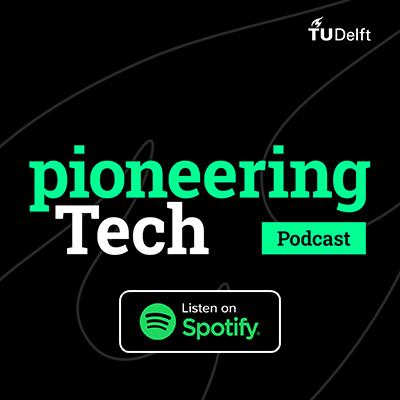
![[Translate to English:] [Translate to English:]](https://filelist.tudelft.nl/_processed_/2/8/csm_mayht-3_ae000d269f.jpg)

